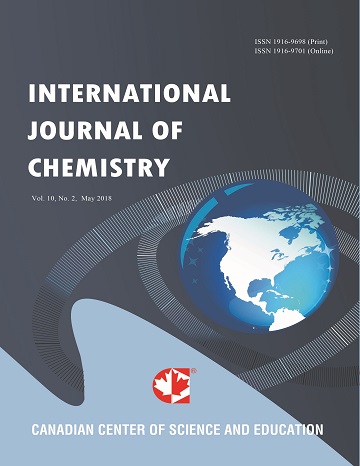Optimized HPLC -UV Method for Separation, Detection and Quantification of Endocrine Disrupting Estrogens in Low Quality Water
- Sijaona Msigala
- Faith Mabiki
- Bjarne Styrishave
- Robinson Mdegela
Abstract
Endocrine disrupting estrogens are emerging contaminants in aquatic ecosystems and environment in general. There are no guidelines for routine monitoring of these chemicals, despite the existing evidences of their adverse health effect to living organisms at low concentrations. This study aimed at developing and validating an optimized HPLC-UV method for detection and quantification of estradiol and ethinylestradiol. Isocratic elution was used for separation and detection of ethinylestradiol and estradiol. The mobile phase was applied with A; water B; acetonitrile (50:50) at flow rate of 0.7mL/min and injection volume 10mL. The precision and accuracy of the method were within the acceptable range. Relative standard deviation of peak area for E2 ranged from 1.373 to 3.668%, and for EE2 ranged from 0.829 to 6.495 %. The percentage recovery for E2 ranged from 82.3 to 99.84 %, and for EE2 ranged from 84.6 to 103.52 %. Linearity of the method was realized at range of 2.5 to 50 ng/mL and 100 to 1000 ng/mL for both E2 and EE2. The linear regression coefficients were 0.9979 and 0.9973 for E2 whereas for EE2 were 0.9983 and 0.9976. Limit of detection were found to be 0.05 ng/mL and 0.08 ng/mL for E2 and EE2 respectively. The obtained limits of quantification were 0.18 and 0.28 ng/mL for E2 and EE2 respectively. In untreated sewage the concentrations of E2 and EE2 were 0.28 ng/ml and 0.18 ng/ml respectively. But in subsequent wastewater stabilization ponds the concentrations were below detection limit. Therefore, the optimized HPLC-UV method is suitable for detection and quantification of endocrine disrupting estrogens when a level of pollution is at least 0.15 ng/ml. At low extent of pollution would require use of the method in conjunction with ELISA technique.
- Full Text:
 PDF
PDF
- DOI:10.5539/ijc.v9n3p19
Index
Contact
- Albert JohnEditorial Assistant
- ijc@ccsenet.org
